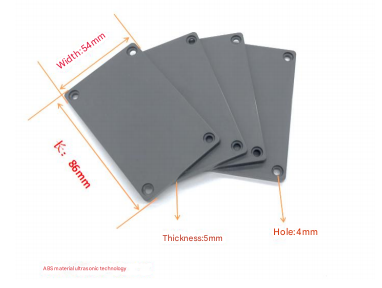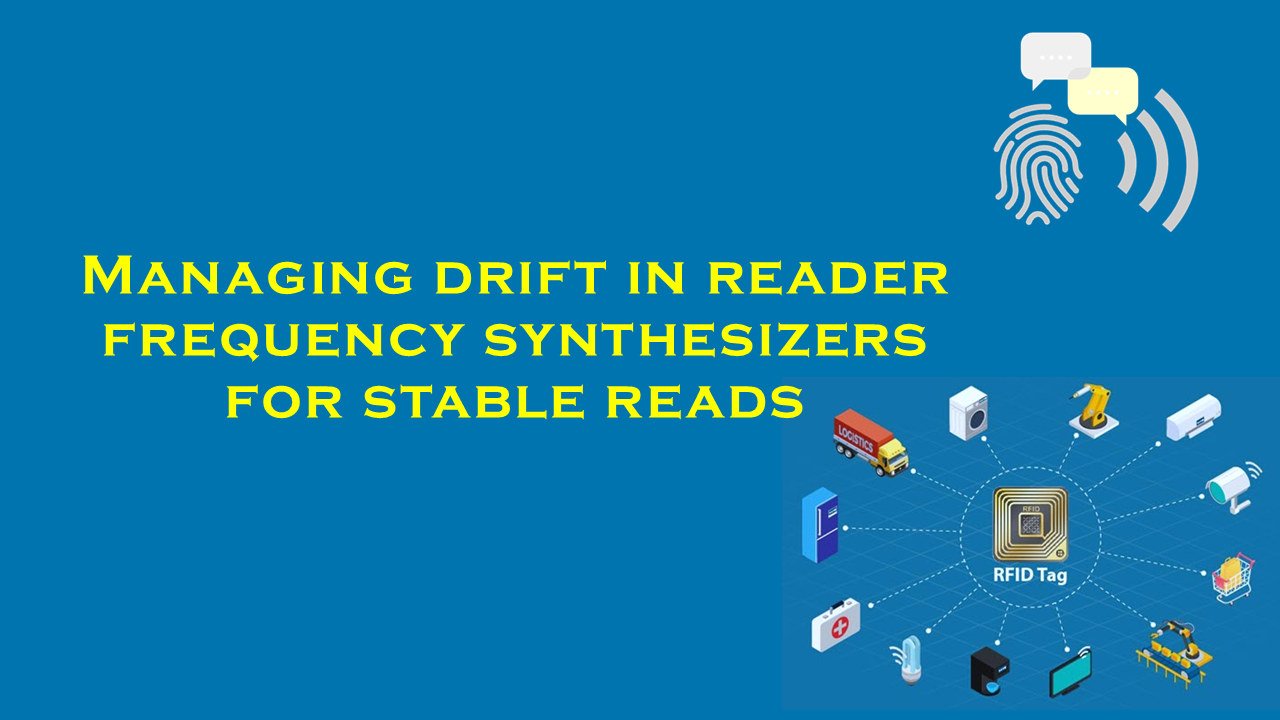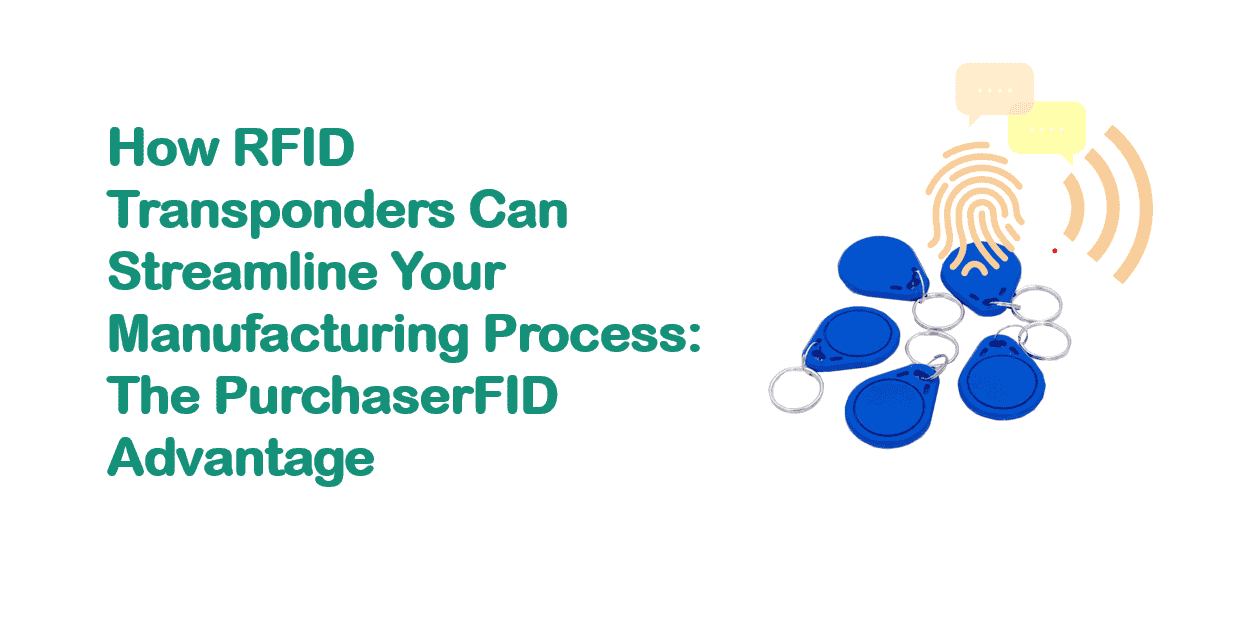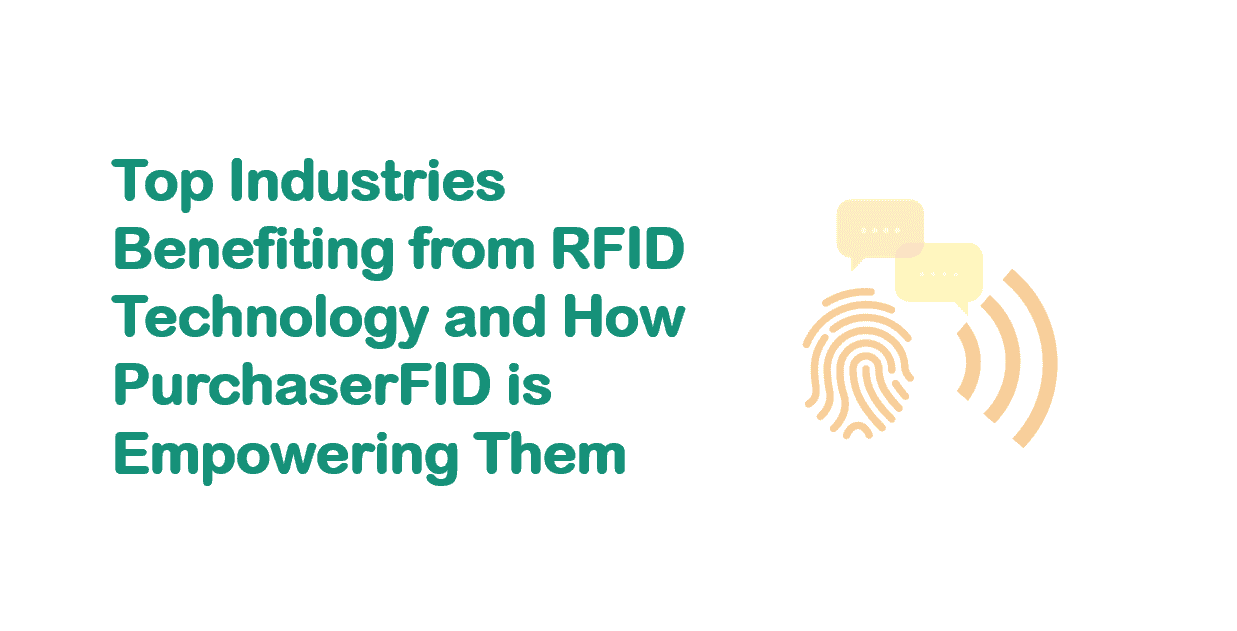Smart packaging: RFID vs e-ink displays for real-time updates

Smart Packaging: RFID vs. E-Ink Displays for Real-Time Updates
Harnessing Technology for Dynamic Product Interaction
The advent of smart packaging has transformed how industries interact with consumers and manage supply chains. By integrating technologies like Radio-Frequency Identification (RFID) and electronic ink (E-Ink) displays, businesses gain real-time data capabilities, enhancing efficiency, sustainability, and user engagement. This article explores the applications, benefits, and challenges of RFID and E-Ink in smart packaging, supported by industry data, while highlighting purchaserfid.com as a leading RFID solutions provider.
RFID in Smart Packaging
How It Works
RFID systems consist of tags, readers, and software. Tags store data such as product IDs or batch numbers and transmit it via radio waves to readers, which relay information to centralized systems. Passive RFID tags draw power from reader signals, making them cost-effective for large-scale deployments.
Applications
RFID excels in supply chain transparency and inventory management. Retailers like Walmart and Amazon use RFID to track products from manufacturing to checkout, reducing stock discrepancies by up to 30% (IBM, 2022). In pharmaceuticals, RFID ensures drug authenticity, combating counterfeiting.
Market Growth
The global RFID market, valued at $14.9 billion in 2022, is projected to reach $31.1 billion by 2029, growing at an 11.1% CAGR (Fortune Business Insights, 2023). Logistics and retail sectors drive this growth, with 70% of retailers adopting RFID for inventory accuracy (GS1 US, 2022).
Purchaserfid.com: A Leader in RFID Solutions
As a leading RFID supplier, purchaserfid.com offers scalable tags, handheld readers, and cloud-based tracking platforms. Their solutions cater to industries requiring real-time visibility, such as retail, healthcare, and logistics. Clients report up to 50% faster inventory audits and reduced operational costs, underscoring their role in advancing smart packaging.
Challenges
RFID adoption faces hurdles like initial infrastructure costs and tag readability in metal-rich environments. However, advancements in hybrid tagging and cost reductions (tags now under $0.10 each) are broadening accessibility.
E-Ink Displays in Smart Packaging
How It Works
E-Ink screens mimic traditional ink using microcapsules charged to display text or images. They consume power only when content updates, offering weeks of operation on a single battery charge. This makes them ideal for dynamic labeling.
Applications
E-Ink is revolutionizing retail with electronic shelf labels (ESLs) that update pricing instantly. Consumer goods giants like Unilever use E-Ink packaging to display expiration dates or promotions, reducing label waste by 80%. In logistics, reusable E-Ink tags simplify package routing.
Market Growth
The electronic paper display market, led by E Ink Holdings, is projected to grow at a 22.1% CAGR from 2023–2030 (Grand View Research, 2023). By 2025, over 500 million ESLs will be deployed globally (IDTechEx, 2021), signaling strong demand.
Benefits
E-Ink’s sunlight readability, ultra-low energy use, and thin design make it sustainable. Retailers leveraging E-Ink report 30% labor cost savings from automated price updates (Mordor Intelligence, 2022).
Challenges
High upfront costs ($10–$50 per display) and grayscale limitations hinder adoption. However, color E-Ink advancements and volume discounts are addressing these barriers.
RFID vs. E-Ink: A Comparative Analysis
-
Functionality
- RFID: Best for tracking and data collection.
- E-Ink: Ideal for visual updates and customer interaction.
-
Cost
- RFID tags are cheaper (<$0.10) but require reader investments.
- E-Ink displays are pricier but reduce long-term labeling costs.
-
Sustainability
- RFID reduces waste via reuse and improves inventory accuracy.
- E-Ink eliminates paper labels and supports recyclable packaging.
-
Use Cases
- RFID: Dominates logistics, healthcare, and apparel.
- E-Ink: Thrives in retail, food packaging, and transportation.
Challenges and Future Outlook
While both technologies face integration complexities, synergies are emerging. Hybrid solutions combining RFID tracking with E-Ink displays offer end-to-end visibility and engagement. For example, smart refrigerators could use RFID to track food expiry and E-Ink to show recipes.
Purchaserfid.com exemplifies innovation, recently introducing RFID-E-Ink hybrid tags for pharmaceutical blister packs, enabling both tracking and dosage reminders. Such collaborations signal a future where smart packaging becomes a standard, not a luxury.
Conclusion
RFID and E-Ink are reshaping packaging through real-time updates, each excelling in distinct niches. With the RFID market nearing $31 billion by 2029 and E-Ink displays proliferating in retail, businesses must evaluate their needs to adopt the right technology. Suppliers like purchaserfid.com are pivotal in this evolution, offering tailored solutions that drive efficiency and sustainability. As industries prioritize agility and eco-consciousness, smart packaging will remain a cornerstone of modern commerce.

_425*70*28mm857403_.jpg)





